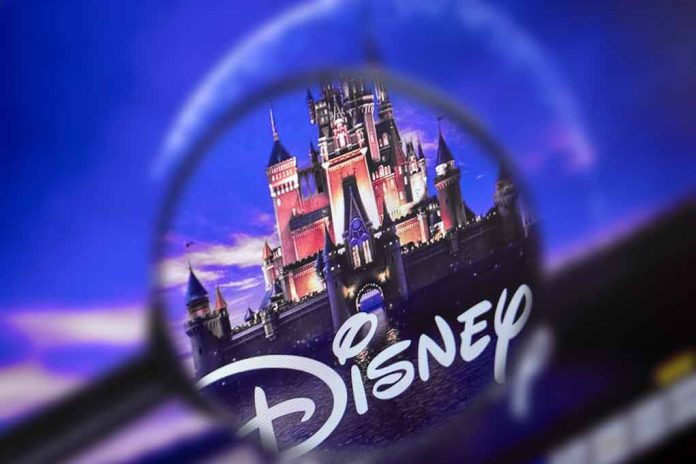
At a Glance
- Disney sued for digitally recreating Peter Cushing’s likeness without permission.
- Cushing’s friend, Kevin Francis, claims there was no authorization for this use.
- The High Court suit highlights legal and ethical concerns about posthumous digital rights.
- Disney defends the actions, citing a prior agreement with Cushing’s agent.
The Legal Battle Over Peter Cushing’s Digital Resurrection
Disney, currently embroiled in a legal battle, has been sued over its use of computer-generated imagery (CGI) to bring the late actor Peter Cushing back to life for his role in “Rogue One: A Star Wars Story.” Tyburn Film Productions, led by producer Kevin Francis, who was one of Cushing’s closest friends, has taken the entertainment giant to the UK High Court. Francis claims that Cushing specifically insisted that his likeness could not be digitally recreated without his explicit authorization before his death in 1994.
Tyburn Films alleges that Disney, through its subsidiary Lucasfilm, violated a contractual agreement made with Cushing. They argue that Disney’s actions constitute unjust enrichment, exploiting the star’s persona without proper consent. The case underscores significant ethical and legal questions about the use of technology to digitally revive deceased actors, an issue likely to become more prevalent as CGI techniques advance.
A film producer is suing Disney for using Peter Cushing's likeness in a Star Wars film, 22 years after his death. https://t.co/eBKEDtdZQ4
— Euronews Culture (@euronewsculture) September 10, 2024
Disney’s Defense and Financial Stakes
Disney has countered the lawsuit by asserting that Cushing’s contract did not necessitate prior permission for using his image. They further claim to have secured a deal with Cushing’s estate, paying around $36,000 to clear the use of his likeness. With Tyburn Films seeking damages exceeding $650,000, Disney argues that Francis’ demand amounts to seeking unjust enrichment. Disney insists that they operated within legal frameworks by establishing rights through Cushing’s original film contract from 1977.
The British High Court’s decision allows the case to proceed, requiring a “full factual inquiry” as per Deputy High Court judge Tom Mitcheson KC. The decision to move the case forward demonstrates the court’s recognition of the complex legal and ethical dimensions involved. The opaque British court system, however, means that more details about the case will emerge only if Disney suffers a significant setback or the trial proceeds unfavorably for them.
A Case with Wider Implications
This legal confrontation carries broader implications beyond the specific instance involving Cushing. The rapidly advancing field of CGI and deepfake technology has introduced unprecedented capabilities in the entertainment industry. Yet, it raises critical concerns about consent, dignity, and the posthumous rights of individuals. Where should the line be drawn in the digital replication of deceased actors, and how can these technologies be regulated to prevent misuse?
Disney’s “Rogue One” was eager to be true to the original “Star Wars” cannon. The use of CGI to recreate Cushing as Grand Moff Tarkin was intended to preserve continuity and authenticity within the narrative. Yet, the lawsuit and the ethical dilemmas it exposes draw attention to the need for clearer legal standards and contractual provisions addressing such digital recreations.
What Lies Ahead
The lawsuit against Disney initiated by Tyburn Films casts a spotlight on the complex interplay between technology, ethics, and the law. With CGI becoming increasingly sophisticated, the case’s outcome could set a precedent affecting how digital likeness rights are managed and respected in the future. The trial, due for a later date, will be closely watched not only by industry insiders but also by legal professionals and ethical watchdogs.
The entertainment industry must reckon with the implications of digital resurrections. As Disney fights this legal battle, the broader conversation about digital rights, historical authenticity, and posthumous respect continues to evolve. This case could potentially reshape the digital landscape, influencing both present practices and future innovations in the film industry.
Sources:
Disney sued for using Peter Cushing’s likeness in Star Wars, 22 years after his death
Disney Sued for Bringing Actor Back From the Dead for “Star Wars” Movie
Disney sued over use of dead actor’s pictures in Star Wars spin-off
Disney sued for using Peter Cushing’s likeness in Star Wars, 22 years after his death













